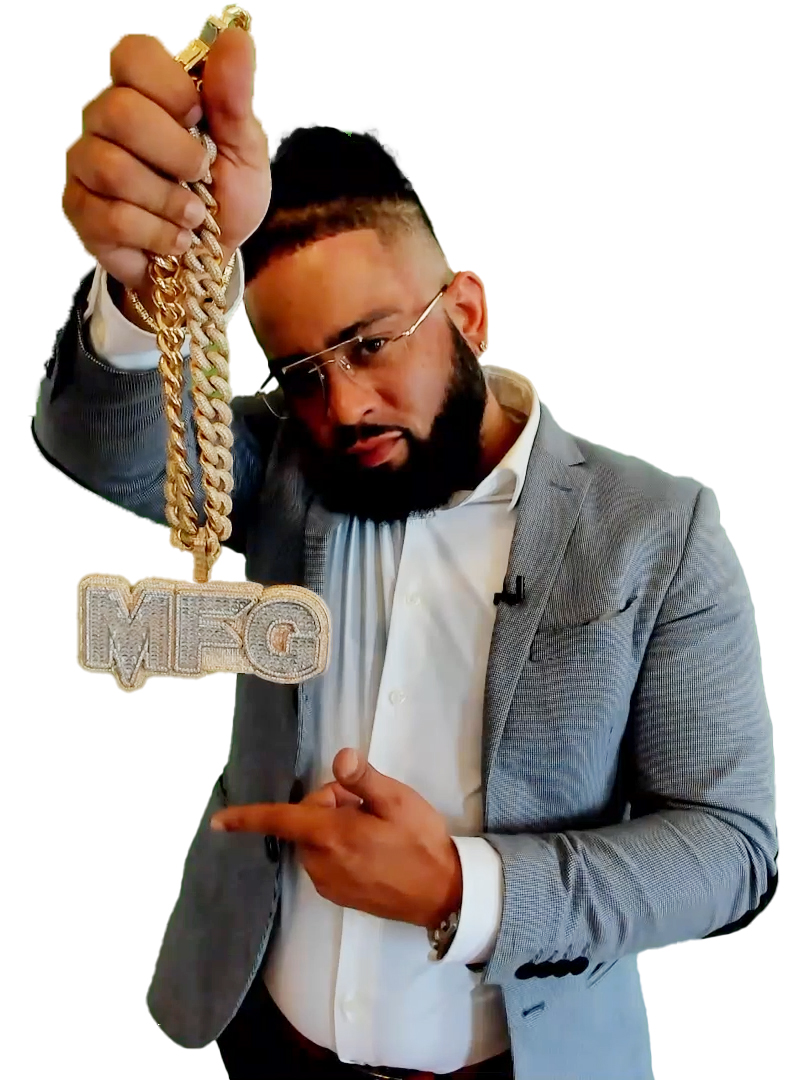Andrew Crowe, founder of the New American Manufacturing Renaissance, shares how purpose-driven outreach can unlock overlooked talent across the country.
What led you to start advocating for creating a stronger manufacturing workforce?
You know, this wasn’t just a career move. It came from living in two worlds that needed each other but didn’t know how to connect. I’ve walked through cutting-edge manufacturing shops filled with million-dollar machines and employers offering $80,000+ careers, yet just miles away, there are entire communities — urban and rural — full of smart, capable people who’ve never even heard that these opportunities exist. What lit the fire for me was realizing I belonged to both sides. I went from facing serious adversity to speaking at the Pentagon, teaching at Ranken Technical College, and co-hosting Project MFG. Manufacturing didn’t just change my job; it changed my life.
Now, with reshoring and policy shifts bringing manufacturing back to America, we’re staring down a shortage of 2.1 million workers while talent sits untapped in ZIP codes across the country. That’s why I started the New American Manufacturing Renaissance, to build bridges between talent-hungry industries and opportunity-hungry communities. This isn’t just about workforce development; it’s about helping people see futures they didn’t know were possible and rebuilding the American dream through manufacturing.
You’ve been vocal about the urgent need to close the skills gap in manufacturing. What do you think the industry gets wrong about engaging new talent?
Let me drop some uncomfortable truths the industry doesn’t want to hear: We don’t have a skills gap, we have a vision gap. I’ve been on factory floors from Detroit to Dallas, and too many companies are still using outdated hiring playbooks, asking for degrees when they should be looking for drive, and overlooking entire communities rich with untapped talent. Meanwhile, we’re in the middle of the biggest industrial revolution since Henry Ford — robots, AI, 3D printing — and yet we can’t figure out how to connect with the next generation. What’s missing isn’t talent, it’s imagination. At the New American Manufacturing Renaissance (NAMR), we’re seeing what happens when companies stop recruiting by pedigree and start hiring for potential — people with zero experience step into high-tech careers in months. But the ones truly winning aren’t just offering jobs; they’re building full ecosystems of success, supporting workers with childcare, transportation, financial coaching, mental health resources, and clear growth paths. The future belongs to those who stop playing defense and start showing up, because rebuilding American manufacturing isn’t just about machines, it’s about people.
What’s one thing you would change about how young people are introduced to manufacturing?
Let me tell you a story that changed how I think about this entire game. I brought a group of students to tour a manufacturing facility. In the lobby, they met both the technical owner and the shop foreman. Guess who they lined up to hear more from? The foreman — the one who spoke their language and made it real.

That’s the problem. We keep leading with machines and jargon when young people are hungry for meaning. They don’t care what we make until they understand why it matters and how this work can change their lives, their families, and their communities.
At NAMR, we flip the script. We lead with purpose, not process. We bring in leaders who look like the communities we serve, who can speak with authenticity, and who prove that manufacturing isn’t some outdated career path; it’s a way to build a legacy. If we want the next generation to listen, we have to stop showing off and start showing up with something that actually resonates.
Your own journey, from overcoming adversity to leading a national conversation on manufacturing, is incredibly powerful. How has your background shaped your mission?
When I walk into overlooked neighborhoods today, I see myself at 16 — a teenage father, two felonies deep, sitting in a cell, thinking my story was already written. Society had labeled me a lost cause, and I believed it. But what drives me today is knowing that, right now, millions of people are just like I was — full of potential and stuck in systems that see only their past, not their promise. I’ve lived both sides of this: from incarceration to the White House, from courtrooms to being named Aerospace & Aviation Man of the Year. Manufacturing didn’t just give me a job, it gave me a future. Now I lead the New American Manufacturing Renaissance to prove that talent doesn’t have a ZIP code, and genius doesn’t care about your record.
With 2.1 million jobs open and 70 million Americans facing employment barriers due to a criminal record, we’re ignoring a massive opportunity. Programs like JARC, Purdue MEP, and EKAMI are showing what’s possible when we stop disqualifying people and start investing in them. This isn’t charity; it’s smart economics. Manufacturing can transform lives like it did mine, and when we get it right, we’re not just building a stronger workforce, we’re building a more just and prosperous America, one second chance at a time.

